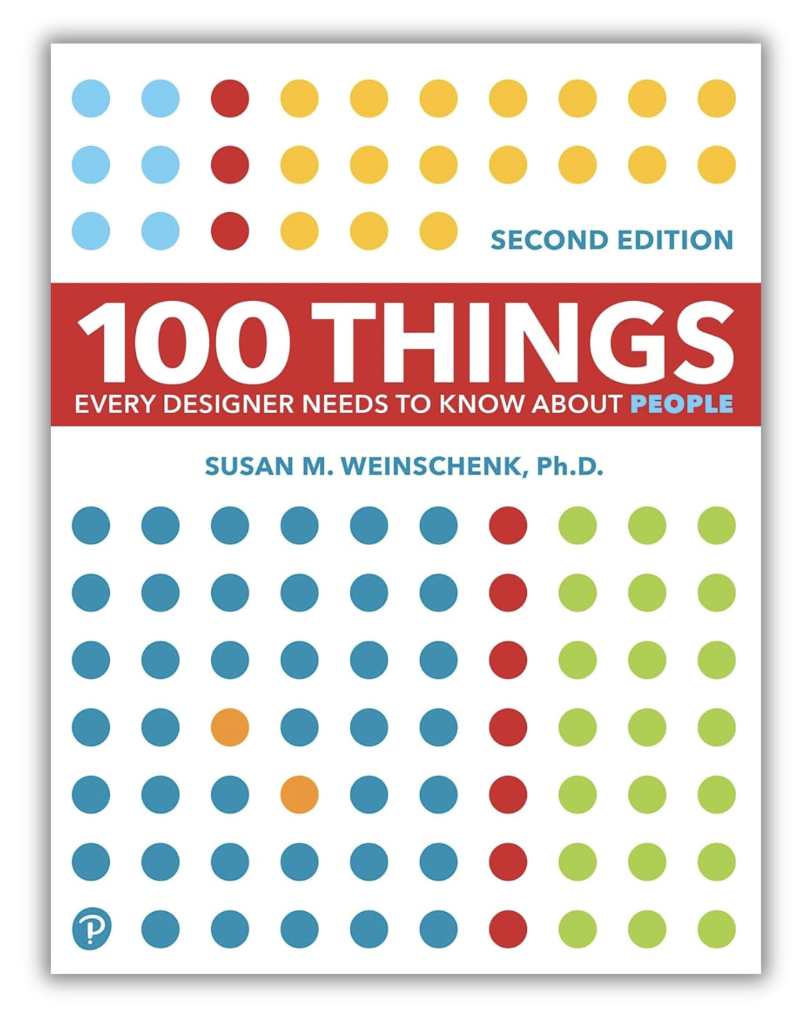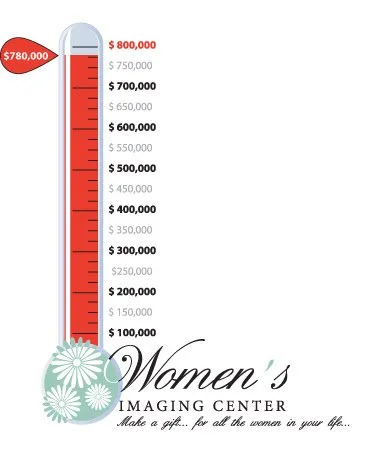What's the neuroscience behind this ancient tactic?
File under: Campaign thermometers
Meet the "goal-gradient effect":
It's why runners speed up as they approach the finish line
Running a campaign tally in the shape of a thermometer might strike some as old-fashioned, but it's firmly supported by neuroscience.
Someone I trust must have recommended 100 Things Every Designer Needs to Know About People. It was on my "to read" shelf, and I recently got around to flipping through it. It's about the habits of the human mind; and it's packed with tips and takeaways for the would-be communicator.
I bought the book just in case its author, psychology Ph.D. Susan M. Weinschenk, knew something about the brain and persuasion that I hadn't heard before ... and wow, did she ever. Things such as...
"Why online buttons need shadows"
Or exactly "What grabs and holds attention on a page or screen"
Or that "People process information better in bite-sized chunks" or "People process information best in story form" or "People are programmed to enjoy surprises" or "People make most decisions unconsciously" or "People are inherently lazy"
OR THIS BEAUTY (for fundraising): "People are more motivated as they get closer to a goal."
Which brings me to today's topic: the campaign thermometer and why (psychologically) — even though it's a visual aid as old as the hills — it's a valuable tool today ... especially as your campaign gets within kissing distance of its goal.
One fan of "ye olde thermometer" is John Lepp, the discerning author of Creative Deviations. "Love them!" he says. "And they STILL WORK! I am a fan of decision-science nerdiness. Your 'grandfather's' thermometer speaks to the effectiveness of the ‘goal gradient effect’, social proof, anchoring, framing and scarcity!"
John helpfully summarized these five cognitive and behavioral-science principles for you. To quote him:
the 'goal gradient effect' > people are more motivated to take action as they approach a goal;
social proof/herd mentality > when you have a partially filled thermometer, it sends a signal that others have already taken this action to give and we naturally want to follow the crowd;
incompleteness effect > a partially filled thermometer triggers unease since incomplete tasks (or containers) are psychologically troubling;
anchoring effect > an almost full thermometer signals that just a little more is needed, making donating seem like an easy win;
scarcity and urgency > as the thermometer is almost to the top, it visually signals that the goal is in reach, which creates this “last chance” effect that encourages us to give before it’s too late.
Dear Reader: This is an excerpt from Tom Ahern’s e-newsletter. Did you miss crucial back issues of this how-to e-news? Immediately available! Just GO here. (And scroll down just a bit to sign up for Tom’s revenue-boosting tips and insights. In your inbox regularly. It’s free.)



